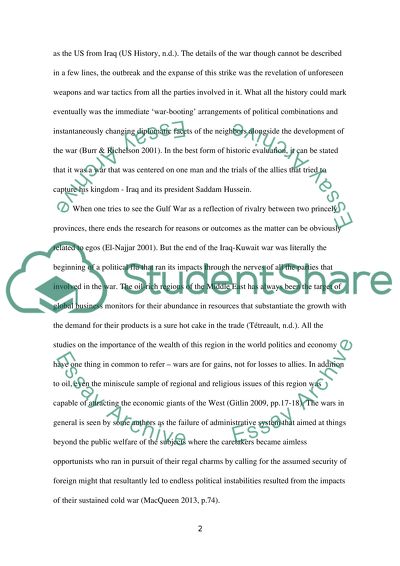Cite this document
(“The Operation Desert Storm and its Impacts on the Middle East Essay”, n.d.)
Retrieved from https://studentshare.org/history/1476176-what-were-the-major-outcomes-of-operation
Retrieved from https://studentshare.org/history/1476176-what-were-the-major-outcomes-of-operation
(The Operation Desert Storm and Its Impacts on the Middle East Essay)
https://studentshare.org/history/1476176-what-were-the-major-outcomes-of-operation.
https://studentshare.org/history/1476176-what-were-the-major-outcomes-of-operation.
“The Operation Desert Storm and Its Impacts on the Middle East Essay”, n.d. https://studentshare.org/history/1476176-what-were-the-major-outcomes-of-operation.


